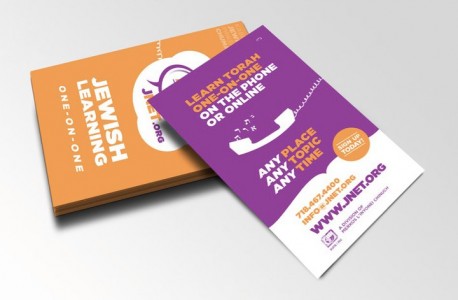
Geoffrey Harrison is an experienced education and nonprofit writer. A frequent contributor to DegreeJungle, Geoffrey enjoys spending time with his family at their home in Madison, Wisconsin.
The way nonprofit organizations are composing and circulating periodical information is altering dramatically, and those associations that are still caught up in applying old layouts and designs when publishing their fundraising requests and bulletins may be left behind.
Exactly, why have things evolved?
Excellent question, and really easy to answer; the advent of social and mobile networks and their impact on nonprofit benefactors and advocates has altered the way print material interests audiences; people now absorb their information differently. Data overload is authentic, and tiny font styles taking up a couple of pages of text simply can’t produce the same effect as they did a decade ago.
Facebook, Twitter and other social network applications have programmed people to demand their information brief, straightforward and visual; in order to remain successful, all nonprofit communications and fundraising print readings must change in order to complement and compete with the surge of social and mobile media advertising and promotion.
Fortunately, Degree Jungle business school graduates have examined multitudes of nonprofit print designs to offer recommendations for today’s 501(c)(3) organizations; below are some print style and layout suggestions that imitate social media applications for those institutions anxious to try out new publishing formats.
Write Less and Use Larger Fonts
The old adage, “bigger is better,” clearly applies to non-profit media printing. Folks today want to read material as if they were looking at it from a PC monitor. So material with large type, say sixteen-point font and up that says a lot with only few words, get better responses than those cluttered, two-page, small-typed newsletters from yesteryear.
Include Lots of Big Photos
A picture does say a thousand words in today’s media. Most people Google Search images on particular subjects before they actually read about it. Nonprofit communications and fundraising copy should employ large pictures instead of lengthy descriptions to show their readers what they want to say.
Employ Simple Visual Graphics
Would you rather read “Over two-hundred-thousand-and-fifty-two children in East Africa do not have running water in their communities” or see “CHILDREN WITHOUT WATER: 252,000 ”? Not only is the latter more visual, but it makes a strong and fast impact upon the reader. Employing large pie charts, percentage figures and other info-graphics in nonprofit print will always do the trick.
Add Twitter, Facebook and Other Social Media Links
Ever see a “Like us on Facebook,” URL address or “@xxxxx” Twitter address on nonprofit print ads? Well, the reason why is because most folks prefer to read their newsletters online or want to get their detailed information about nonprofit fundraising over the Internet. So once an organization has caught their reader’s attention, it’s important to send them social media links so they can find out more about the subject and perhaps inquire on other topics as well.
Home Page Links for Cellphones, Tablets Other Mobile Apps
Everyone has some sort of smart-device that uses the Internet that can easily link to nonprofit mobile home pages or fundraising sites. Nonprofits should remind their audience that they can also get their information while on-the-go by listing their mobile-media web address on their printed material.
Incorporate YouTube and Video Links
It really does no good for nonprofit organizations to produce great multimedia presentations and videos if no one knows where to find them. Therefore, it is important to add video URL links that relate to fundraising or newsletters on all printed material. A large photo of a dramatic screenshot from the actual multimedia presentation is a great visual lead to any video link.
BONUS: See below for a wonderful example of a great brochure that incorporates many of the elements discussed in this post.



















